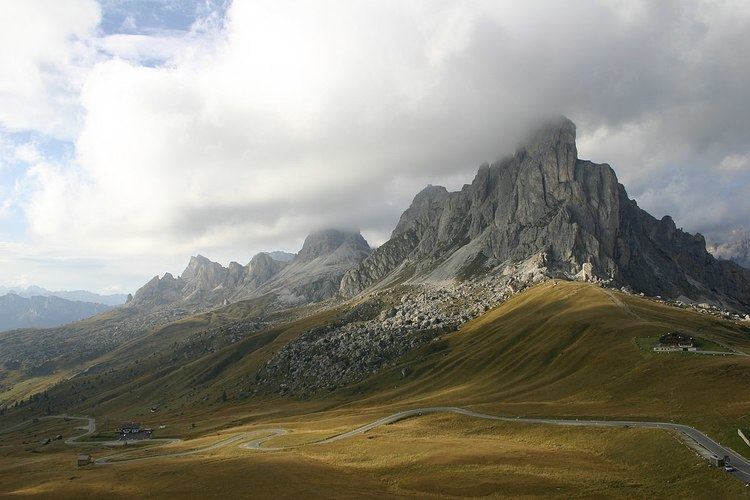Dates 18 May – 9 June Distance 3,801 km (2,362 mi) | Stages 20 + Prologue Winning time 106h 54' 41" | |
 | ||
The 1973 Giro d'Italia was the 57th running of the Giro d'Italia, one of cycling's Grand Tours races. The Giro started in Verviers, Belgium, on 18 May, with a 5.2 km (3.2 mi) prologue and concluded with a 197 km (122 mi) mass-start stage, on 9 June. A total of 140 riders from fourteen teams entered the 20-stage race, that was won by Belgian Eddy Merckx of the Molteni team. The second and third places were taken by Italians Felice Gimondi and Giovanni Battaglin, respectively.
Contents
In addition to the general classification, Merckx won the points classification. Amongst the other classifications that the race awarded, José Manuel Fuente of KAS won the mountains classification. Molteni finished as the winners of the team points classification.
Teams
A total of fourteen teams were invited to participate in the 1973 Giro d'Italia. Each team sent a squad of ten riders, which meant that the race started with a peloton of 140 cyclists. From the riders that began this edition, 113 made it to the finish on the Trieste.
The teams entering the race were:
Classification leadership
Two different jerseys were worn during the 1973 Giro d'Italia. The leader of the general classification – calculated by adding the stage finish times of each rider, and allowing time bonuses for the first three finishers on mass-start stages – wore a pink jersey. This classification is the most important of the race, and its winner is considered as the winner of the Giro.
For the points classification, which awarded a purple (or cyclamen) jersey to its leader, cyclists were given points for finishing a stage in the top 15; additional points could also be won in intermediate sprints. No jersey was awarded for the mountains classification leader. In this ranking, points were won by reaching the summit of a climb ahead of other cyclists. Each climb was ranked as either first, second or third category, with more points available for higher category climbs. The Cima Coppi, the race's highest point of elevation, awarded more points than the other first category climbs. The Cima Coppi for this Giro was the Passo di Giau. The first rider to cross the Passo di Giau was Spanish rider José Manuel Fuente.
Although no jersey was awarded, there was also one classification for the teams, in which the awarded points to each team based off their riding's finishing position in every stage; the leading team was the one with the most points.
The rows in the following table correspond to the jerseys awarded after that stage was run.
Aftermath
The race is documented in Jørgen Leth's 1973 film Stars and Watercarriers (Stjernerne og Vandbærerne).
